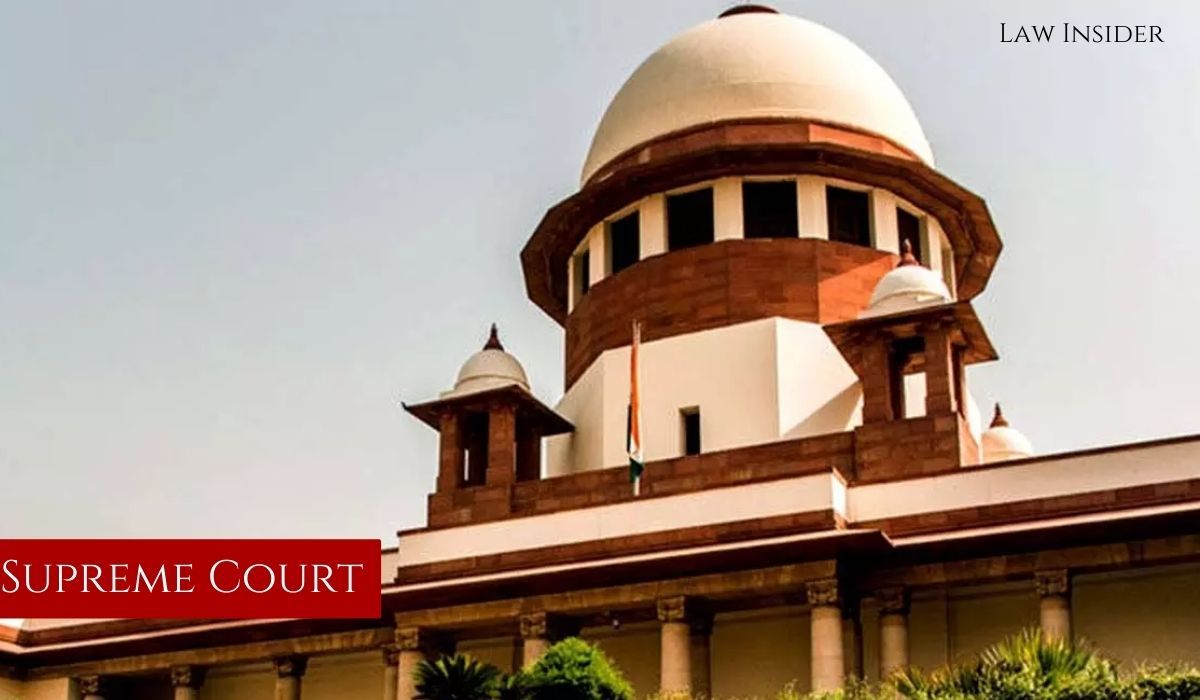LI Network
Published on: October 19, 2023 at 17:51 IST
In a recent ruling, the Supreme Court has elucidated the principles to be followed when dealing with cases involving multiple dying declarations. The Court scrutinized cases where burn injuries were a crucial factor in assessing the credibility of such declarations. Additionally, the Court emphasized the need for corroborating evidence when interested witnesses provide statements.
Background of the Case
The case in question involved a tragic incident where the deceased was set on fire, resulting in her demise due to multiple burn injuries. The appellant faced charges of murder under section 302 of the Indian Penal Code (IPC). Notably, the Court highlighted that none of the dying declarations presented conclusive evidence incriminating the accused. Moreover, the prosecution’s case exhibited inconsistencies and gaps, leading to the appellant’s acquittal.
Principles for Handling Multiple Dying Declarations
The Supreme Court, consisting of Justices Abhay S. Oka and Sanjay Karol, addressed an appeal against the Delhi High Court’s judgment, which had upheld the life imprisonment of the appellant for the murder.
The Court commenced by acknowledging the principles to be followed when multiple dying declarations are involved. These principles serve to guide the evaluation of the credibility and reliability of such declarations.
Key Principles:
1. Voluntary and Reliable Statements: All dying declarations must be voluntary and reliable, and the person making the statement should be in a sound state of mind.
2. Consistency: Dying declarations should exhibit consistency, and any inconsistencies should be “material” to affect their credibility.
3. Corroboration: In cases with inconsistencies, other available evidence may be used to corroborate the contents of the dying declarations.
4. Contextual Interpretation: Dying declarations must be interpreted within the context of surrounding facts and circumstances.
5. Independent Evaluation: Each declaration should be independently assessed, and the Court should determine which statement holds the most reliability for further proceedings.
6. Magistrate’s Statement: When inconsistencies exist, the statement recorded by a Magistrate or a higher-ranking officer can be considered more reliable, provided it demonstrates truthfulness and freedom from suspicion.
Consideration of Medical Condition:
In cases where burn injuries play a significant role, the physical condition of the person making the declaration is of utmost importance. The extent of burn injuries and their impact on mental faculties, among other factors, should be taken into account.
Importance of Corroboration:
The Court highlighted the significance of corroborating evidence in cases with multiple dying declarations. When inconsistencies arise, corroborative evidence can help assess the credibility of these declarations.
Conclusion of the Case:
The prosecution heavily relied on the deceased’s dying declarations, but the Court raised doubts regarding their credibility and reliability. Inconsistencies in witness statements, lack of examination of key individuals, and the absence of evidence linking the accused to the crime raised concerns.
As a result, the Court acquitted the appellant and set him free.
Case Title: Abhishek Sharma v. State (Government of NCT of Delhi)

